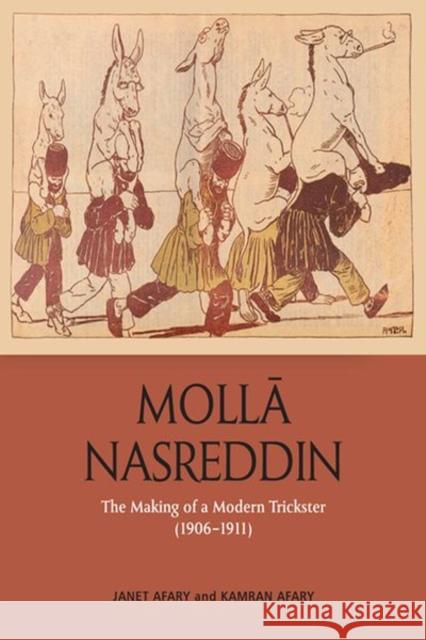Molla Nasreddin: The Making of a Modern Trickster, 1906-1911 » książka
Molla Nasreddin: The Making of a Modern Trickster, 1906-1911
ISBN-13: 9781474499507 / Angielski / Twarda / 2022 / 398 str.
In 1906, a group of artists and intellectuals reinterpreted the tales of the Middle Eastern trickster Nasreddin to construct a progressive anti-colonial discourse with a strong emphasis on social, political and religious reform. Using folklore, visual art and satire, their periodical Moll? Nasreddin which had full-page lithographic cartoons in colour, reached tens of thousands of people across the Muslim world, from Iran and Turkey, to India and Egypt, impacting the thinking of a generation. The founder of the periodical was Jalil Mamedqolizadeh, an Azerbaijani educator and playwright. As a transnational and social democratic publication, Moll? Nasreddin saw itself as a mouthpiece for other persecuted Muslim populations and colonised peoples around the globe. This book looks at the milieu in which the periodical was born, the manner through which the journal recast the trickster trope for its audience, and the influence of European graphic artists on its cartoons and illustrations.











